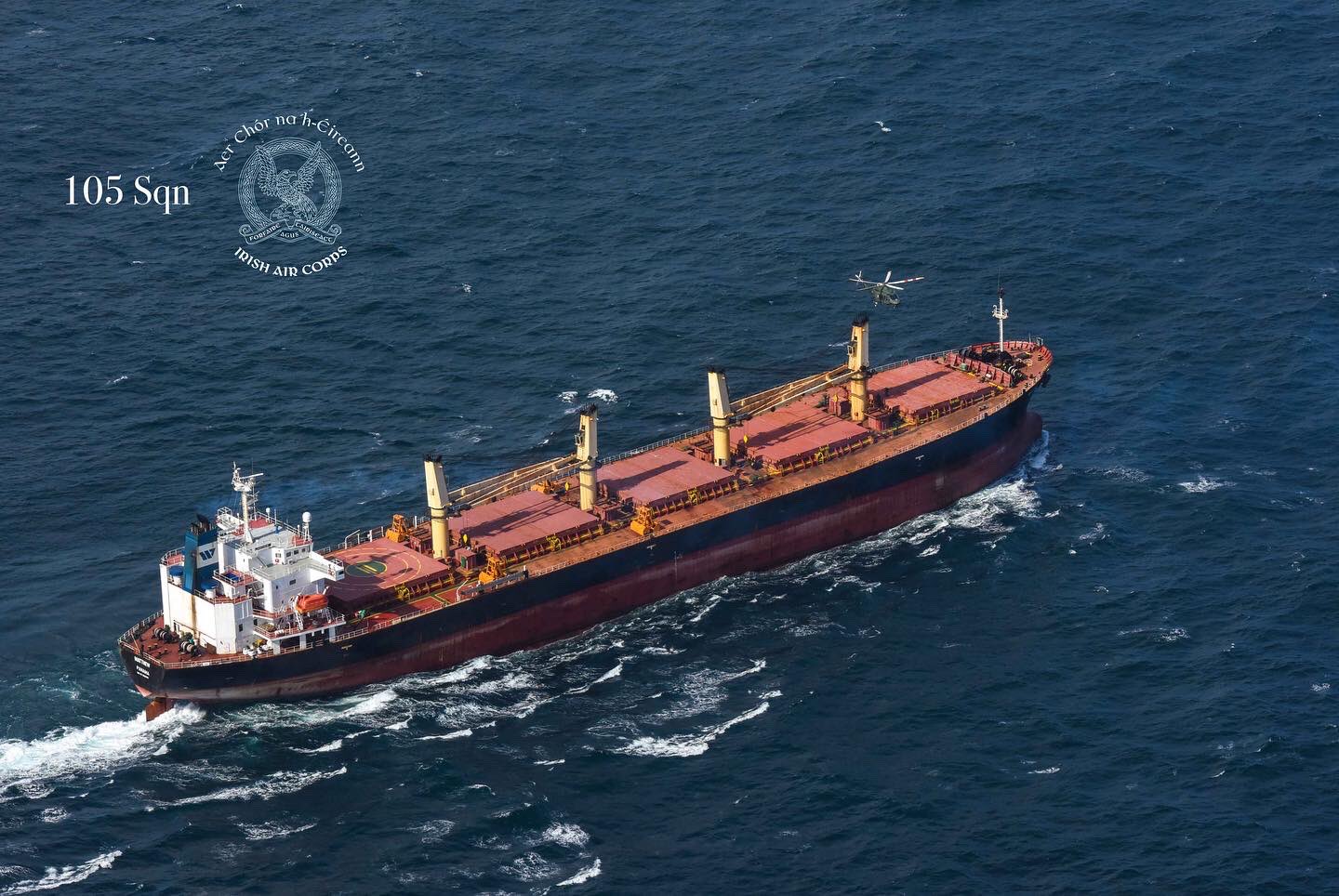General Dynamics NASSCO has started construction on the first of three 330,000 barrel capacity product tankers for SEA-Vista LLC, a joint venture between SEACOR Holdings Inc. and the private equity firm Avista Capital Partners.
Each LNG-conversion ready product tanker will be constructed at the NASSCO shipyard in San Diego under Jones Act requirements and will continue to provide and support well-paying jobs in the local economy.
Representatives from General Dynamics NASSCO and SEA-Vista attended the start of construction ceremony held at the NASSCO shipyard on Friday, November 7. The honoree, Mrs. Debora Denning, wife of SEACOR Vice President of Engineering Tom Denning, signaled the beginning of construction by pressing a button to cut the first piece of steel.
“We are proud and honored to partner with SEA-Vista and build three state-of-the-art Jones Act-qualified tankers,” said General Dynamics NASSCO Vice President and General Manager Kevin M. Graney. “NASSCO remains committed to building the most economical and environmentally-sound products for Jones Act owners and operators—and these tankers exemplify that commitment. Our partnership with SEA-Vista is a clear indication that NASSCO is the shipyard of choice for Jones Act tankers.”
These new 50,000 DWT, 610-foot-long vessels are a continuation of the ECO MR Tanker design, offering improved fuel efficiency and the latest in environmental protection, including a Ballast Water Treatment System and reduced emissions.
The tankers were designed by DSEC, a subsidiary of Daewoo Shipbuilding & Marine Engineering (DSME) of Busan, South Korea. DSEC’s ECO design achieves improved fuel efficiency through several features, including a G-series MAN ME slow-speed main engine and an optimized hull form. The tankers will have conversion-capable, dual-fuel-capable auxiliary engines and the ability to accommodate the future installation of an LNG fuel-gas system and tanks.
The three vessels are expected to be delivered in mid 2016, late 2016 and early 2017.

 Join The Club
Join The Club











